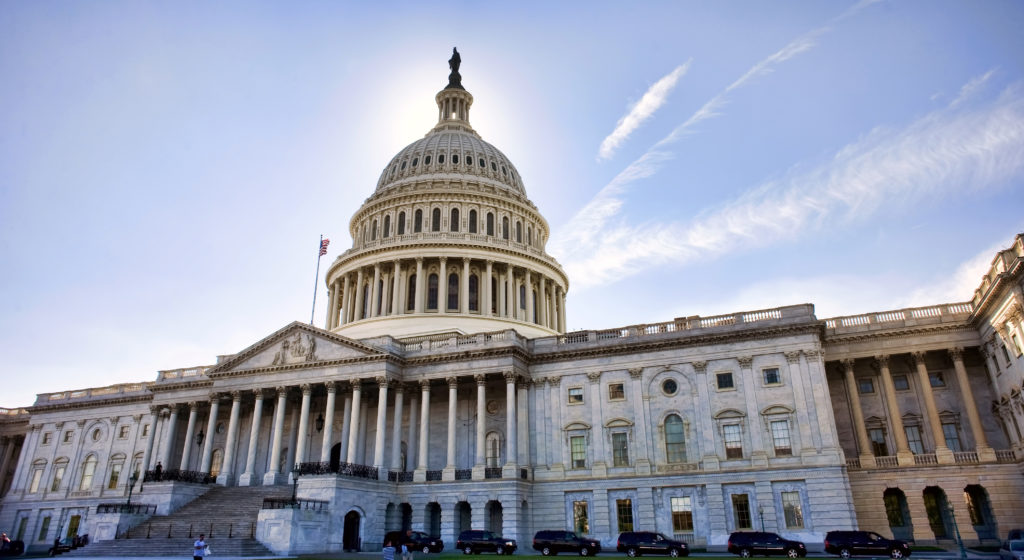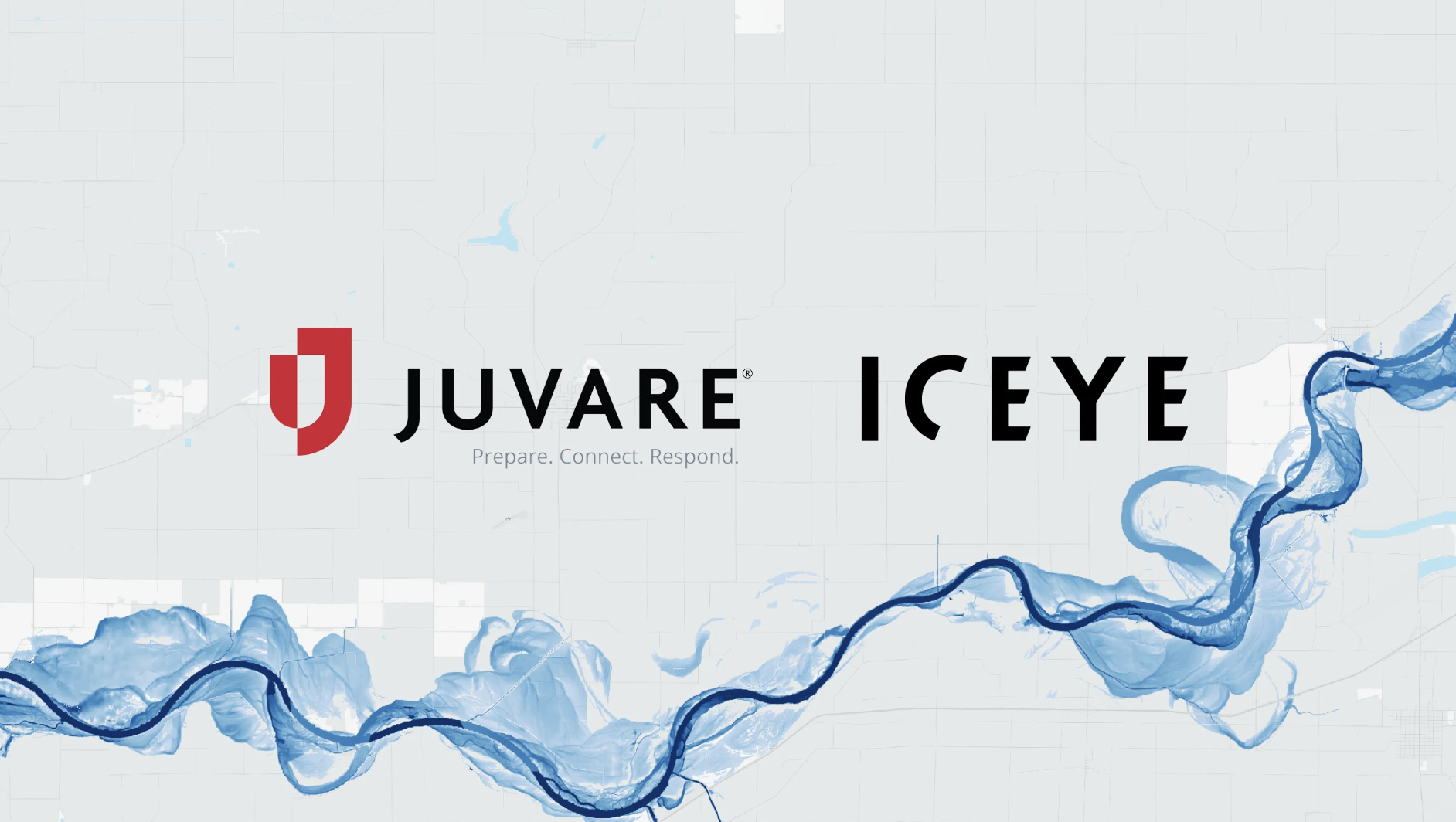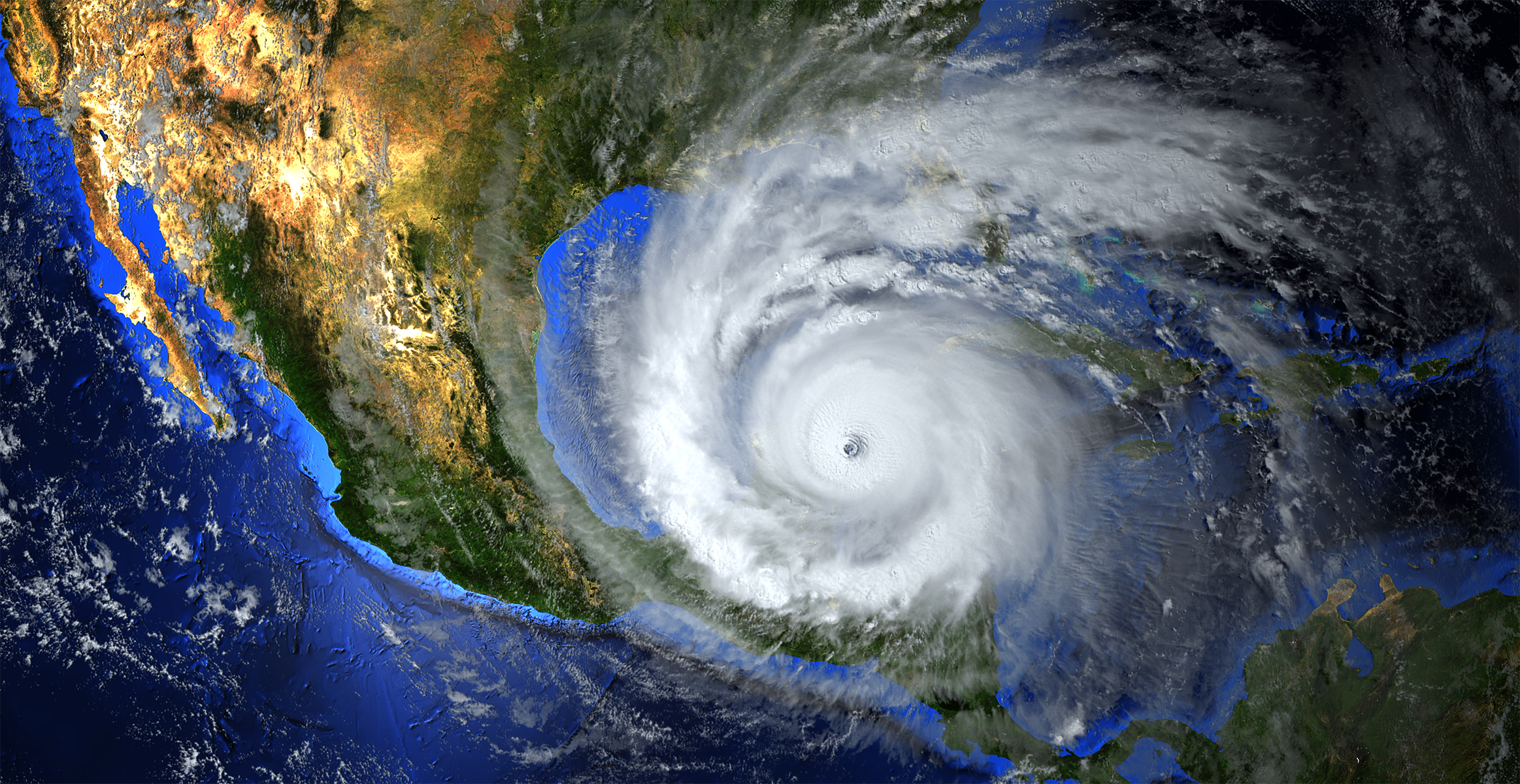This week life as we know it changed drastically, and a presidential declaration significantly changed the federal government’s ability to respond and provide resources for fighting the COVID-19 pandemic.
Last Friday, President Trump declared the coronavirus a national emergency and invoked the Stafford Act or, the Robert T. Stafford Disaster Relief and Emergency Assistance Act of 1988, enabling FEMA to considerably broaden its response capabilities, as well as access up to $50 billion in funds set aside for disaster relief.
While the Department of Health and Human Services already declared coronavirus a public health emergency in January, the president’s Friday declaration of a national emergency under the Stafford Act empowers FEMA to directly assist local and state governments in response and relief activities, helping residents more quickly and efficiently with healthcare, food, shelter, etc.
In a letter to the director of FEMA, and the secretaries of Homeland Security, Treasury, and Health and Human Services, President Trump justified the need to invoke the Stafford Act in this instance, saying
“…only the Federal Government can provide the necessary coordination to address a pandemic of this national size and scope caused by a pathogen introduced into our country.
“It is the preeminent responsibility of the Federal Government to take action to stem a nationwide pandemic that has its origins abroad, which implicates its authority to regulate matters related to interstate matters and foreign commerce and to conduct the foreign relations of the United States.”
Additionally, the president’s declaration removes hindrances or delays by bypassing some existing federal regulations, including portions of Medicare, Medicaid, and Children’s Health Insurance Program requirements that limit healthcare service, as well as federal license requirements that limit where healthcare professionals can work. It also reduces limits on access to telemedicine – allowing the public to receive medical care remotely and removing limits on length of stay and on number of beds at certain hospitals. Hospitals also can now speed up establishing temporary facilities as needed, or bypass limits on facility use to add emergency capacity.
The Stafford Act is historically more often used to respond to natural disasters, like hurricanes, floods, and wildfires. It was, however, used during outbreaks of the West Nile virus in the U.S. in 2000.
In addition to natural disasters and public health emergencies, the Stafford Act has also been invoked for response to terrorist incidents including the Oklahoma City bombing in 1995, the attacks on 9/11, and the Boston Marathon bombing in 2013.
Most recently, the Stafford Act was used to provide assistance during massive flooding in Nebraska and Iowa in 2019.
All of us at Juvare are committed to assisting our clients, partners and all those on the front lines of the COVID-19 crisis. If you have any questions about how we can assist with your preparedness and response efforts, please don’t hesitate to contact us today.
ABOUT JUVARE:
Juvare is a worldwide leader in emergency preparedness and critical incident management and response technology. Juvare solutions empower government agencies, corporations, healthcare facilities, academic institutions, and volunteer organizations to leverage real-time data to manage incidents faster and more efficiently, protecting people, property, and brands.

















